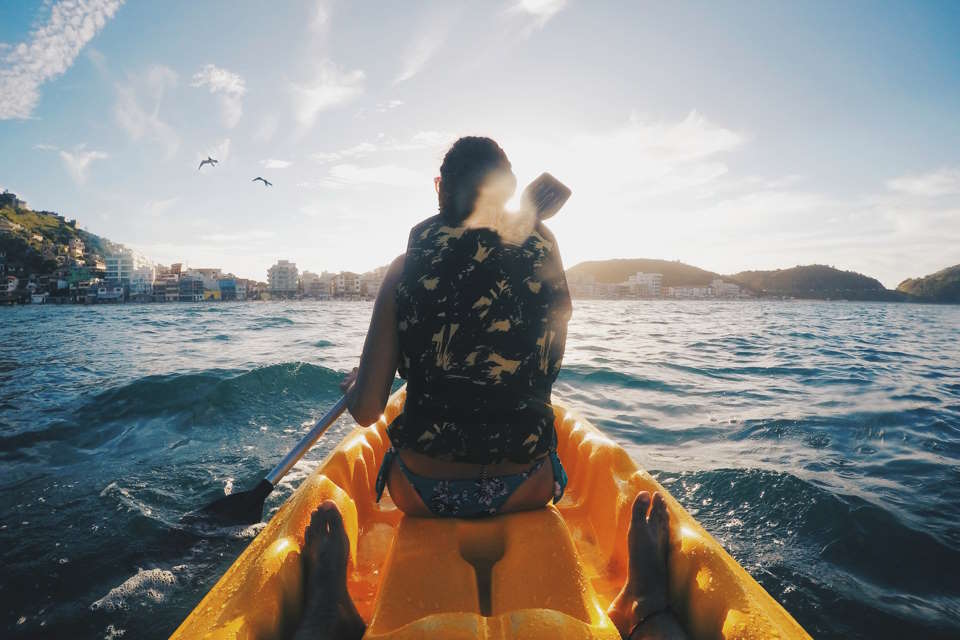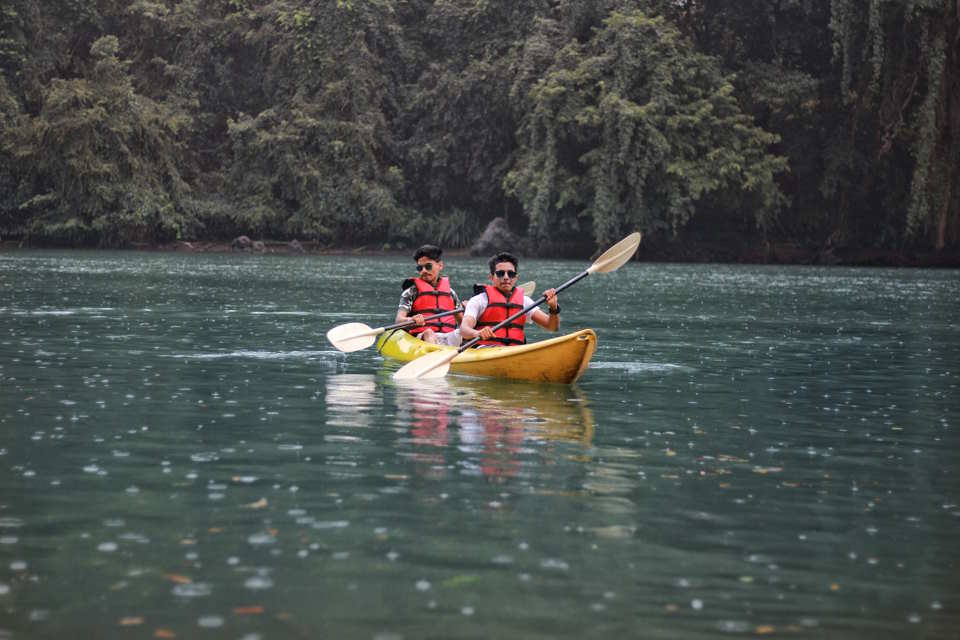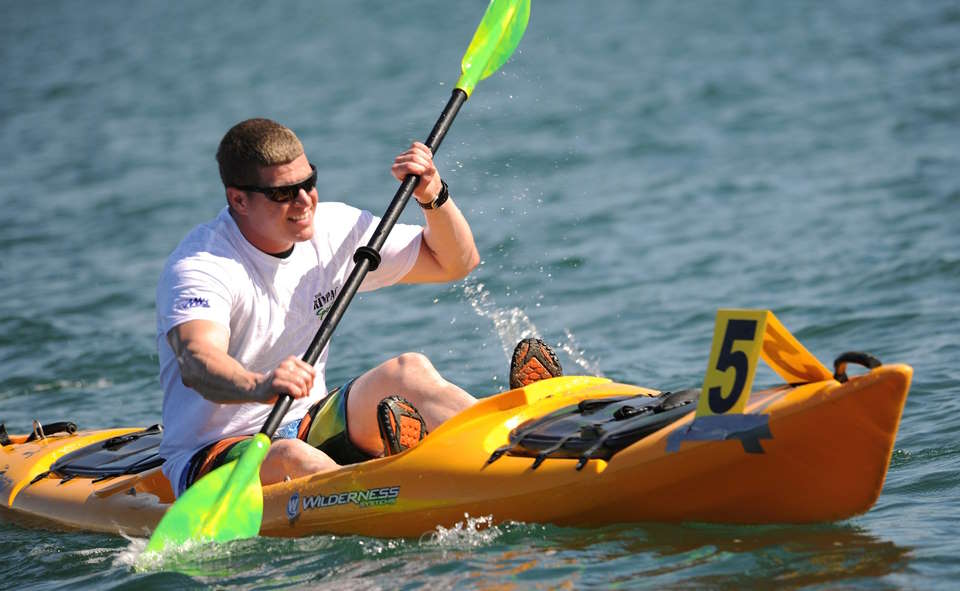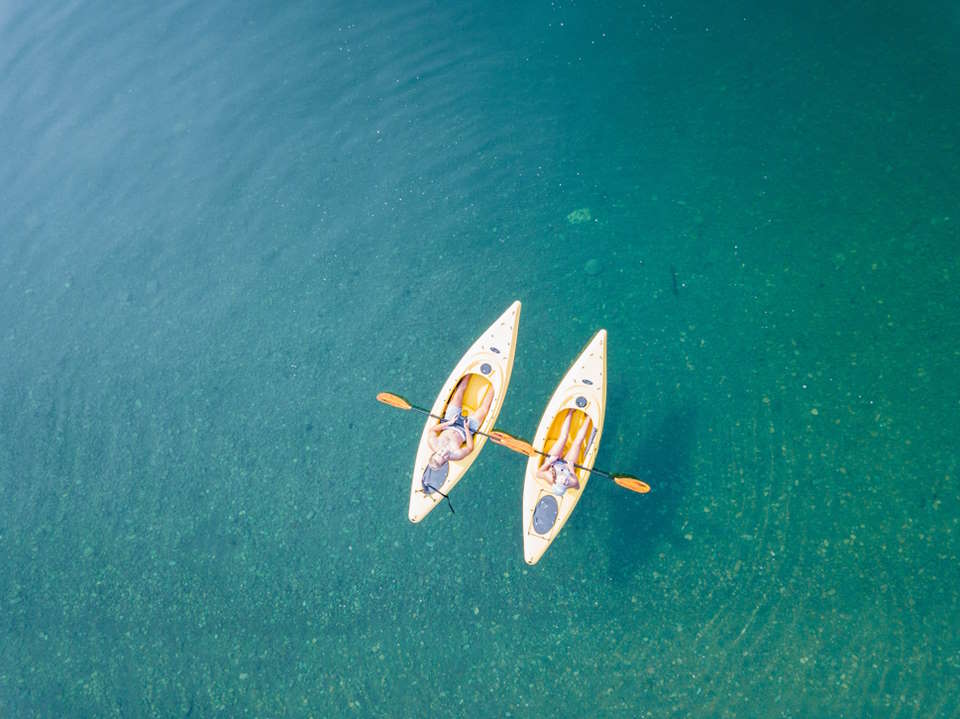Water sports enthusiasts are often torn between the exhilarating options of kayaking and canoeing. Both sports offer unique experiences on the water, but how do you choose which one is right for you? We will explore the key differences between kayaking and canoeing, and help you make an informed decision. We will discuss how to choose based on skill and physical abilities, as well as the different settings that each sport is best suited for. Additionally, we will delve into the factors of cost and accessibility that may influence your decision. So let’s dive in and discover which water sport will suit you best!
Understanding The Difference Between Kayaking And Canoeing
Kayaking and canoeing are both popular water sports that offer exciting adventures on the water. While they may seem similar at first glance, there are some key differences between the two that set them apart. Understanding these differences can help you choose the right watercraft for your next adventure.
One of the main differences between kayaking and canoeing is the equipment used. In kayaking, you sit low in a small boat called a kayak and use a double-bladed paddle to propel yourself forward. This sitting position and the kayak’s design allow for more speed and maneuverability on the water. On the other hand, canoeing involves using a single-bladed paddle while sitting high on a bench seat in an open boat called a canoe.
Another difference lies in the paddling technique. In kayaking, paddlers use a rotational paddling technique, relying on the strength of their core muscles to power their strokes. This technique allows for quick turns and precise maneuvers. In canoeing, paddlers use more of a traditional forward stroke, pushing the paddle through the water and using their upper body strength. This technique provides more stability, especially in rougher waters.
The types of water suitable for kayaking and canoeing also differ. Kayaks are designed to handle faster-moving water, such as rivers and rapids. With their closed cockpit and lower center of gravity, kayaks are better equipped to handle the challenges of these settings. On the other hand, canoes are better suited for calmer waters like lakes and slow-moving rivers. Their open design allows for easier entry and exit, making them a great choice for recreational paddling.
| Kayaking | Canoeing |
|---|---|
| Uses a double-bladed paddle | Uses a single-bladed paddle |
| Sits low in a small boat | Sits high on a bench seat in an open boat |
| Rotational paddling technique | Forward paddling technique |
| Faster-moving water settings | Calmer water settings |
Choosing Based On Skill And Physical Abilities
Kayaking and canoeing are both popular water sports that offer thrilling adventures and a close connection to nature. However, they differ in various aspects, including the skills required and the physical abilities needed. When it comes to choosing between kayaking and canoeing, it’s important to consider your own abilities and preferences.
In terms of skill, kayaking tends to be more technical and requires better coordination and balance. The narrow design of a kayak makes it more maneuverable but also less stable compared to a canoe. If you’re a beginner or have limited experience on the water, you may find it easier to start with canoeing. Canoes offer more stability and are generally easier to paddle, making them a great choice for those who want a more leisurely experience.
Physical abilities also play a role in choosing between kayaking and canoeing. Kayaking requires more upper body strength since you rely on paddling with a double-bladed paddle. The repetitive motions of paddling can be quite demanding on the arms and shoulders. On the other hand, canoeing utilizes a single-bladed paddle and involves more core and lower body strength. If you have a strong upper body, kayaking may be a better fit for you. If you prefer using your legs and have good balance, canoeing might be a more suitable option.
- Choosing the right water sport based on your skill level and physical abilities is crucial for an enjoyable experience.
- Kayaking is more technical and requires better coordination and balance, while canoeing offers more stability and leisurely paddling.
- Physical abilities also play a role, with kayaking requiring more upper body strength and canoeing relying more on core and lower body strength.
| Kayaking | Canoeing |
|---|---|
| Technical | Stable |
| Better coordination and balance | Leisurely paddling |
| Requires upper body strength | Relies on core and lower body strength |
Ultimately, the choice between kayaking and canoeing boils down to personal preference and what you’re looking to get out of the experience. If you enjoy a challenge, want to improve your balance, and have the necessary upper body strength, kayaking may be the way to go. However, if you prefer a more relaxed and stable ride, along with utilizing your core and lower body strength, then canoeing might be the perfect fit. Whichever you choose, both activities offer a wonderful opportunity to explore the beauty of nature and embark on unforgettable adventures.
Exploring The Different Settings For Kayaking And Canoeing
When it comes to water sports, kayaking and canoeing are two popular choices for outdoor enthusiasts. While both activities involve paddling through bodies of water, they have distinct differences that make each of them unique. We will be exploring the different settings in which kayaking and canoeing can be enjoyed.
Kayaking is a thrilling water sport that involves navigating through narrow and fast-moving rivers, streams, and even ocean waves. It is usually done in a kayak, which is a small and narrow vessel that is propelled using a double-bladed paddle. The agility and maneuverability of a kayak make it perfect for exploring challenging terrains such as rapids and whitewater. Adrenaline junkies looking for an exciting adventure will find kayaking in such settings to be a heart-pounding experience.
On the other hand, canoeing is a more leisurely activity that emphasizes relaxation and enjoying the scenery. Canoes are typically larger and more stable than kayaks, providing ample space for multiple passengers and cargo. This makes canoeing ideal for exploring calm lakes, tranquil rivers, and even open water. Nature lovers who prefer a slower pace and want to take in the beauty of their surroundings will find canoeing in these settings to be a peaceful and serene experience.
| Kayaking | Canoeing |
|---|---|
| Rapids | Lakes |
| Whitewater | Rivers |
| Ocean waves | Open water |
As shown in the table above, the specific settings for kayaking and canoeing differ in terms of the type of water bodies they are best suited for. While kayaking is more focused on adventurous and challenging environments, canoeing is designed for peaceful and calm waters. However, it is important to note that there can be some overlap between the two activities, as kayaks can also be used in more tranquil settings, and canoes can handle moderate rapids or whitewater.
Ultimately, the choice between kayaking and canoeing will depend on your personal preferences, skill level, and the kind of experience you are seeking. Whether you prefer the heart-pounding excitement of navigating through rapid waters in a kayak or the tranquility of gliding along a serene lake in a canoe, both activities offer incredible opportunities to connect with nature and have unforgettable adventures.
Considering Cost And Accessibility For Water Sports
When it comes to water sports, one of the first things that may come to mind is kayaking. Kayaking is a thrilling activity that allows you to explore rivers, lakes, and even the open sea while maneuvering your way through the water with a paddle. But just like any other sport or hobby, cost and accessibility are important factors to consider. We will delve into the various aspects of cost and accessibility in the world of water sports, with a focus on kayaking.
Cost is often a deciding factor when it comes to choosing a water sport. Kayaking, while inherently more affordable than many other water sports, still requires some investment. The price of a kayak can vary greatly depending on the type and quality you choose. For beginners, a basic recreational kayak can be found for a reasonable price, whereas more experienced kayakers may opt for a touring or sea kayak, which can be more expensive. Additionally, you will need to consider the cost of a paddle, life jacket, and other essential accessories.
Accessibility is another important aspect to consider when contemplating water sports. Unlike some water sports that require a specific location or conditions, kayaking can be done in a range of settings. Whether you live near a river, lake, or coastline, there are likely opportunities for kayaking nearby. Additionally, kayaking can be enjoyed by people of different physical abilities. There are even specialized kayaks available for individuals with disabilities, ensuring that everyone has the chance to experience the joy of paddling.
| Pros of Kayaking | Cons of Kayaking |
|---|---|
|
|
In conclusion, when considering cost and accessibility for water sports, kayaking emerges as an attractive option. It offers an opportunity to embrace the beauty of nature, connect with the water, and enjoy a thrilling experience without breaking the bank. With a wide range of kayak options available and the flexibility to choose different settings, kayaking can be enjoyed by people of all ages and physical abilities. So, why not grab a paddle and dive into the world of kayaking for your next water adventure?








